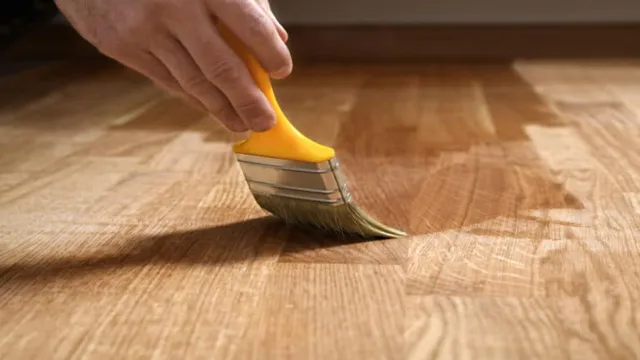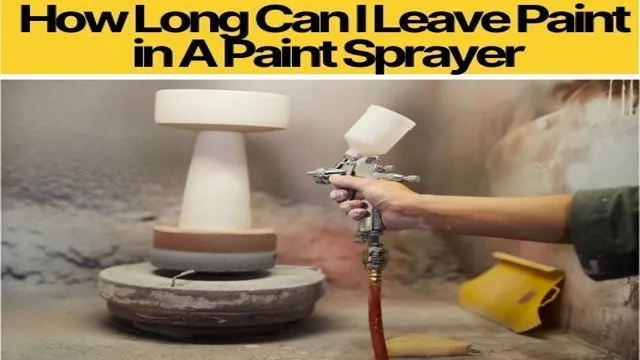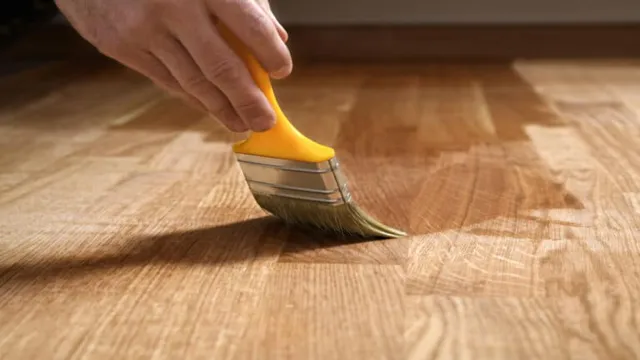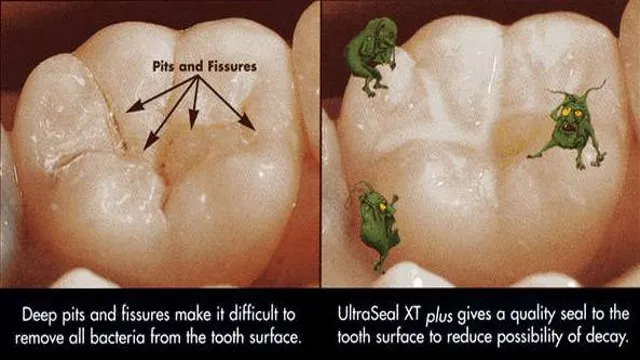What Grit Sandpaper for Cutting Board: The Ultimate Guide for a Smooth Surface
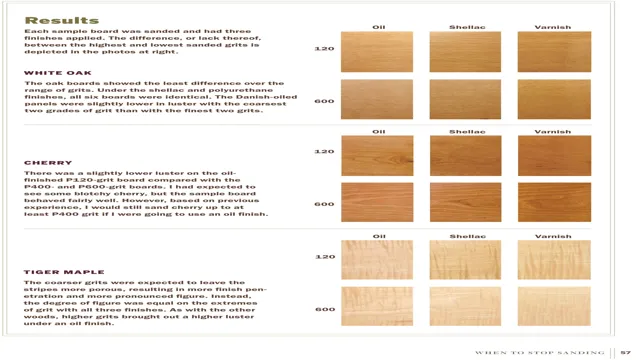
Do you love chopping, slicing, and dicing on your wooden cutting board, but notice it’s becoming rough and unrefined? The solution may lie in sanding it down with sandpaper. However, choosing the right sandpaper for the job is crucial for achieving a smooth and professional finish. With varying grits and materials, it can be overwhelming to determine which one to use.
Don’t fret, in this blog post, we’ll guide you through the process of selecting the perfect sandpaper for your cutting board and leave you with a pristine and polished surface to prepare your meals on.
Understanding Grit Sizes
If you’re wondering what grit sandpaper to use for your cutting board, it all depends on the condition of the board. Grit size refers to the coarseness or fineness of the sandpaper, with lower numbers indicating a rougher texture and higher numbers indicating a smoother texture. For example, 80-grit sandpaper would be considered rough, while 120-grit sandpaper is considered medium and 220-grit sandpaper is considered fine.
If your cutting board has deep scratches, you’ll want to start with a coarse grit, such as 80 or 100, to remove them. From there, you can move on to a medium grit, like 120 or 150, to smooth out the surface. Finally, a fine grit like 220 or 320 can be used to create a polished finish.
It’s important to note that using a sandpaper with too rough of a grit can damage the cutting board and removing too much wood may compromise the board’s structural integrity.
What is Grit?
Grit is a term used to describe the coarseness or fineness of abrasive materials such as sandpaper, grinding wheels, and polishing compounds. Understanding grit sizes is important because it can affect the outcome of your work. Grit is measured by the size of the abrasive grains that make up the material.
The smaller the grains, the finer the grit and the smoother the finish. For example, 600-grit sandpaper will leave a smoother finish than 120-grit sandpaper. It’s important to select the right grit size for the material you’re working with and the outcome you desire.
Using a coarse grit on delicate materials can cause damage, while using a fine grit on rough materials won’t produce the desired result. So, keep in mind the grit size while selecting your abrasive material to get the appropriate finish.
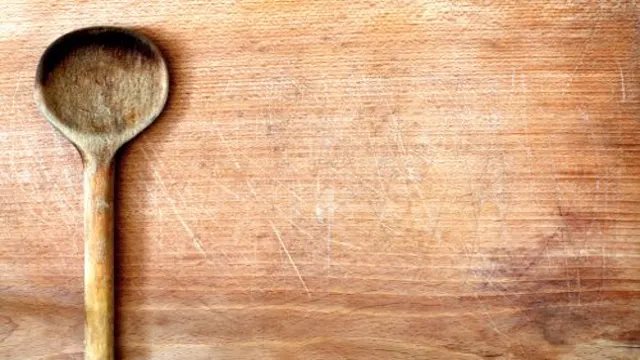
Different Grit Sizes and Their Uses
Understanding grit sizes is essential to achieve the desired finish on any surface. Grits refer to the measure of the abrasive particles’ size used in sanding belts, discs, or sheets. The higher the number, the finer the grit size, corresponding to a smoother finish.
Different grit sizes work better on specific surfaces materials; for example, coarse grit is ideal for removing heavy rust or paint from metal. Moreover, fine grit is suitable for sanding wood surfaces to achieve a smooth finish, as well as primer sanding. It is essential to choose the correct grit size for the intended use, so you do not remove too much material or leave visible scratches.
Therefore, understanding the different grit sizes and their uses is crucial to achieve the desired results for any application.
Choosing the Right Grit Sandpaper for Your Cutting Board
When it comes to sanding your cutting board, it is important to choose the right grit sandpaper. For smoothing out scratches and removing any stains, a grit between 120-220 is recommended. This grit is coarse enough to sand away any imperfections, yet fine enough to leave a smooth surface.
However, if you are looking to refine the surface even further, a grit between 320-400 can be used. Keep in mind that the higher the grit number, the finer the sandpaper will be, resulting in a smoother surface. It’s essential to start with a lower grit and work your way up to a higher one slowly.
Jumping to a high grit too soon may cause you to miss some defects on the cutting board surface. Always sand parallel to the grain, and use a block or sanding sponge to ensure the surface is even. With the right sandpaper and technique, your cutting board will look and feel like new again.
Consider the Wood Type
When it comes to choosing the right grit sandpaper for your cutting board, it’s important to consider the type of wood it’s made from. Different woods have varying densities and hardness, which will affect how much sanding is needed and the appropriate grit to use. For example, hardwoods like maple and oak will likely require a higher grit sandpaper, around 220-320, while softer woods like cedar or pine may only need a grit as low as 120-150.
It’s important to start with a lower grit and work your way up to higher grits to avoid skipping important steps and causing damage to your cutting board. By taking the time to properly sand and smooth your cutting board, you’ll not only ensure its longevity but also give yourself a better surface for preparing delicious meals.
Consider the Condition of the Cutting Board
When considering the condition of your cutting board, it’s important to choose the right grit sandpaper for the job. The grit refers to the size of the abrasive particles on the sandpaper, with higher numbers indicating a finer grit. For a cutting board that’s in relatively good condition with only a few minor scratches or nicks, a medium grit sandpaper with a rating of around 120-150 would suffice.
This will smooth out any imperfections without removing too much material from the board. However, if your cutting board has deep gouges or is severely damaged, beginning with a lower grit sandpaper such as 60 or 80 would be more effective. From there, you can gradually move up to a higher grit sandpaper until no visible scratches or dents remain.
Keep in mind that sanding at a slow and steady pace is key to achieving a smooth and even finish on your cutting board. By using the appropriate grit sandpaper, you can restore your cutting board to its former glory and ensure it stays in top condition for years to come.
Consider Intended Use of the Cutting Board
When it comes to choosing the right grit sandpaper for your cutting board, it’s important to consider the intended use of the board. A cutting board used for meat and poultry should have a finer grit sandpaper, around 220-320 grit, as it will create a smoother surface and prevent any bacteria from lingering in the grooves. On the other hand, a cutting board used for vegetables and fruits can utilize a coarser sandpaper, around 120-150 grit, as it will ensure a better grip for the knife and prevent slipping.
Additionally, it’s important to note that sanding the board too much can damage the surface and make it less effective in preventing bacterial growth. Therefore, it’s recommended to sand the board only when necessary and not after every use. By considering the intended use and selecting the appropriate grit sandpaper, you can maintain a healthy and long-lasting cutting board.
Tips for Sanding Your Cutting Board
When it comes to sanding your cutting board, the grit of sandpaper you use is crucial for achieving a smooth, even surface. Generally, it’s recommended to start with a coarse grit, such as 80 or 100, to remove any deep scratches or imperfections. As you progress, move on to finer grits, such as 150 or 220, to achieve a smoother finish.
The ultimate goal is to create a surface that’s both safe for food preparation and visually appealing. Keep in mind that sanding should be done in the direction of the grain to avoid damaging the wood fibers. Additionally, after sanding, it’s important to remove any dust and debris before applying a food-safe finish.
With the right grit sandpaper and proper technique, you can keep your cutting board in top shape for years to come.
Prepare the Board for Sanding
When it comes to sanding your cutting board, the first step is to prepare the board for the process. You should start by ensuring that the board is clean and dry. Wipe it down with a damp cloth to remove any debris and allow it to dry completely before you begin sanding.
It is crucial to choose the right sandpaper grit to avoid damaging the surface of the board. For starters, start with a coarse sandpaper grit and work your way up to finer grits gradually. Sanding your cutting board is essential to remove any scratches or imperfections that can harbor bacteria and compromise the integrity of the board.
Always sand in the direction of the wood grain using firm, steady pressure, and don’t forget to wipe away the dust that accumulates during the sanding process. With patience and care, you can refresh your cutting board and restore it to its previous beauty and functionality.
Sanding the Cutting Board
Sanding your cutting board is an important step in maintaining its longevity and ensuring it is a safe surface for food preparation. Before sanding, it’s essential to clean your board thoroughly and remove any debris. Start with a coarse grit sandpaper, around 80 or 120 grit, for sanding and then progress to a finer grit, around 220.
Sand in the direction of the wood grain until you achieve a smooth surface. Don’t forget to sand the edges and corners of the board as these areas can easily harbor bacteria. Additionally, wiping your board down with mineral oil or food-grade wax after sanding will help protect the wood and keep it from drying out.
Remember, proper sanding is crucial for keeping your cutting board in good condition, so don’t rush through the process. Instead, take your time and enjoy the satisfying feeling of having a beautiful and safe kitchen tool.
Protecting Your Cutting Board After Sanding
When it comes to protecting your cutting board after sanding, choosing the right grit of sandpaper is crucial. Generally, a grit of 220 or higher is recommended for finishing the surface of the board after sanding. The higher the grit, the smoother the finish will be.
However, it’s important to note that sanding with too high of a grit can actually make the surface too smooth and prevent it from absorbing oil properly during seasoning. It’s also essential to use a food-safe mineral oil or beeswax to protect your cutting board after sanding and ensure its longevity. By taking these steps, you can keep your cutting board in top condition and protect it from damage and wear.
Remember to periodically sand and oil your cutting board to maintain its smooth finish and extend its lifespan.
Conclusion
In conclusion, finding the right grit sandpaper for your cutting board project is like finding the perfect balance between strength and precision. It’s not as easy as choosing between peanut butter and jelly. It requires careful consideration of the wood species, the intended use, and your personal aesthetic goals.
So, whether you’re sanding away imperfections or smoothing out rough edges, remember that the right grit sandpaper is like a trusty sidekick, always ready to lend a helping hand. Choose wisely, my friend, and your cutting board will stand the test of time with grit and grace.”
FAQs
What is the best grit sandpaper for sanding a cutting board?
The best grit sandpaper for sanding a cutting board is between 220 and 320 grit. It is fine enough to smooth out the surface without taking off too much material.
Can you use coarse grit sandpaper on a cutting board?
It is not recommended to use coarse grit sandpaper on a cutting board as it can remove too much material and leave deep scratches that can harbor bacteria.
How often should I sand my cutting board?
It is recommended to sand your cutting board every 6 months to a year to maintain its surface and avoid deep cuts and grooves that can harbor bacteria.
Is it necessary to sand a new cutting board?
It is not necessary to sand a new cutting board, but it can help smooth out any rough spots or unevenness in the surface.
What should I do if my cutting board is warped?
If your cutting board is warped, you may need to sand it down to even out the surface. Be sure to use a fine grit sandpaper and take your time to avoid removing too much material.
Can I sand a plastic cutting board?
Sanding a plastic cutting board is not recommended as it can remove the surface coating and compromise the integrity of the board.
Should I use a power sander or sand by hand?
It is recommended to sand your cutting board by hand to have better control and avoid removing too much material. A power sander can also generate too much heat, which can damage the board.

